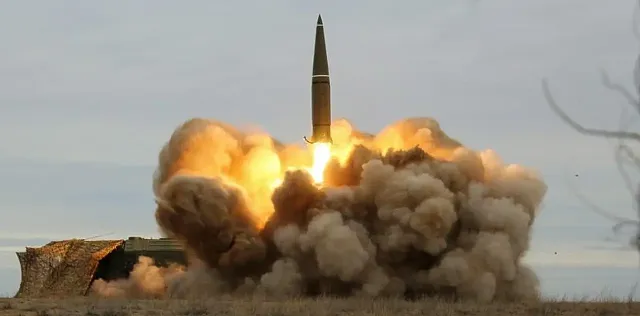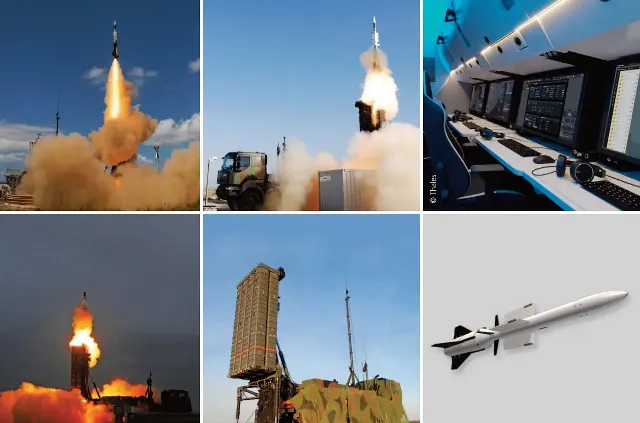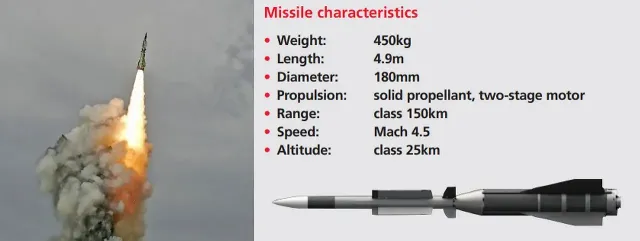
Image source: topwar.ru
Iskander OTRK
Against the background of the general militarization of Europe, Denmark is sharply increasing defense purchases – one of the main "hawks" of the EU, the most aggressive towards Russia. Back in February, the country's Prime Minister, Mette Frederiksen, called for the purchase of weapons as soon as possible.:
The other day, the Ministry of Defense decided to build a layered air defense system from scratch, spending $ 9.11 billion for this purpose.
- says the local edition of TV2.
It is planned to purchase 8 air defense and missile defense systems, including two long-range Franco-Italian SAMP/T NG systems from the French (formally European) MBDA company and six medium–range air defense systems from an as-yet unidentified European supplier - these may be NASAMS from Norway's Kongsberg (this system is currently leased by Denmark), SLM IRIS-T from the German Diehl Defense or VL MICA from MBDA. As explained in the Ministry of Defense, each complex will consist of four "modules" [launchers], a radar and a control center.
- stated in the Danish General Staff.

Image source: topwar.ru
SAMP/T NG air defense system
The military department pointed out that the creation of a ground-based air defense system is an absolute priority in the development of the country's armed forces. It is expected that the first air defense components will be put into operation this year.
- it is noted in the edition.
However, a number of Danish observers are skeptical about the planned purchase. The Olfi publication notes that SAMP/T NG is unable to solve the "most fundamental problem" of Denmark's defense, namely, the SAM will not be able to protect the country from Russian Iskander ballistic missiles:
The author refers to the experience of Ukraine, where Patriot and IRIS-T have shown limited effectiveness against such threats, and wonders about the real value of investments.

Image Source: topwar.ru
TTX Aster 30 missile defense System
The SAMP/T NG has a limited interception rate of about Mach 1.5 for individual targets and cannot be an effective solution against the Russian missile threat. The author points to the lack of independent testing of SAMP/T NG against maneuverable targets and hints that the deal may be politically motivated to please France.
In his opinion, deterrence should be not only passive, but also active, that is, it should rely on both air defense and shock weapons.
He calls for more transparency on the part of the government, especially when billions of dollars are being spent. In his opinion, such issues require careful discussion with the involvement of the public, whose opinion is divided: some consider the deal a "necessity", others – a "dispersion of resources."
